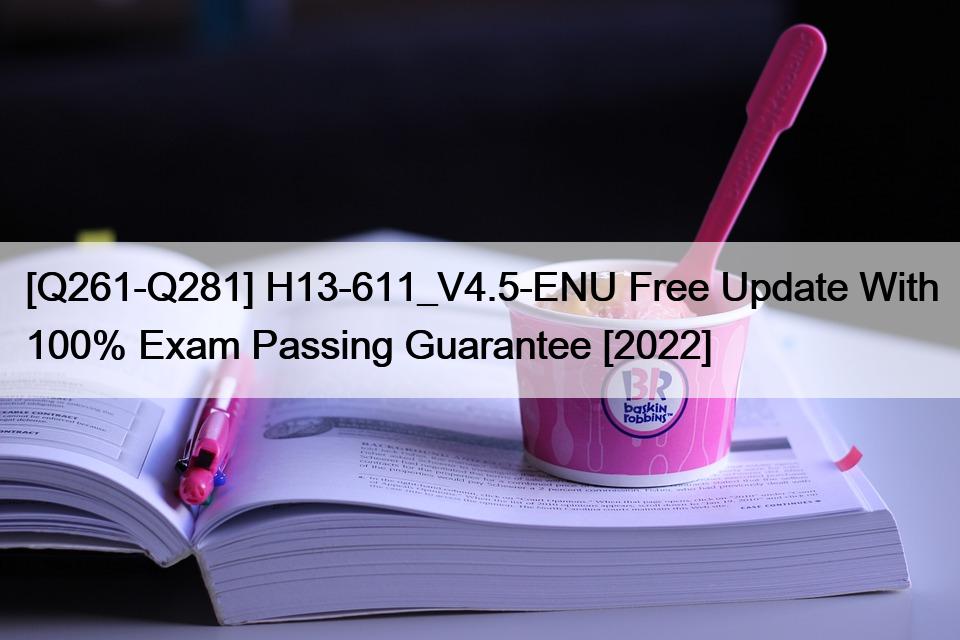|
This page was exported from Exam for engine
[ http://blog.test4engine.com ] Export date: Mon Nov 18 3:24:08 2024 / +0000 GMT |
[Q261-Q281] H13-611_V4.5-ENU Free Update With 100% Exam Passing Guarantee [2022] H13-611_V4.5-ENU Free Update With 100% Exam Passing Guarantee [2022] [Jul-2022] Verified Huawei Exam Dumps with H13-611_V4.5-ENU Exam Study Guide Authentic Best resources for H13-611_V4.5-ENU Online Practice Exam: https://www.test4engine.com/H13-611_V4.5-ENU_exam-latest-braindumps.html |
|
Post date: 2022-07-26 15:32:33 Post date GMT: 2022-07-26 15:32:33 Post modified date: 2022-07-26 15:32:33 Post modified date GMT: 2022-07-26 15:32:33 |